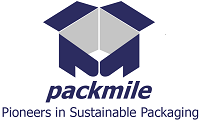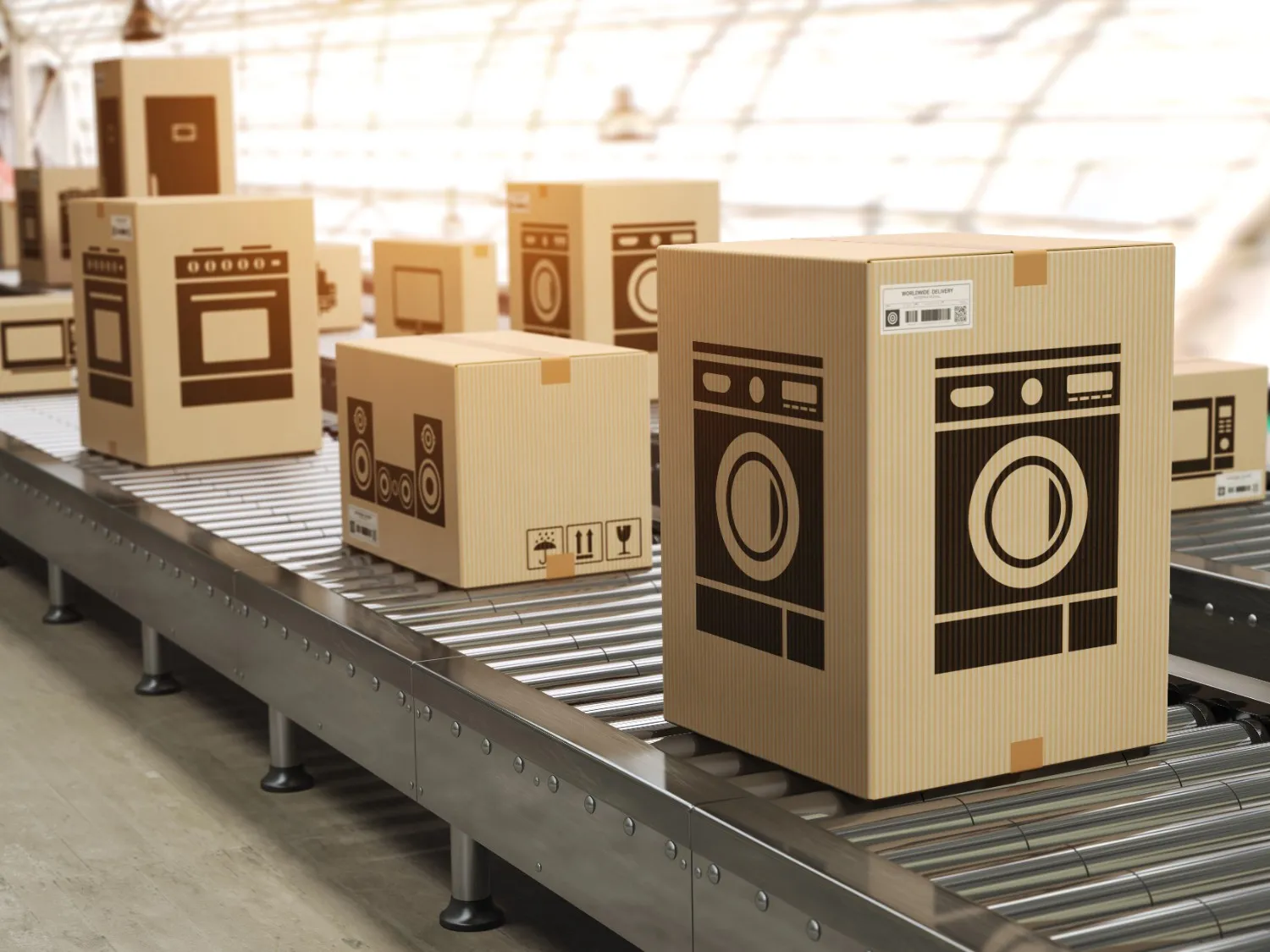The world is moving toward a greener future, and sustainable packaging solutions are at the forefront of this shift. With increasing environmental concerns, businesses are looking for ways to reduce waste, lower carbon footprints, and meet growing consumer demand for eco-friendly packaging.
Packaging waste accounts for nearly 40% of global plastic waste, which makes sustainable alternatives more important than ever.
Consumers now expect businesses to adopt eco-conscious practices, and governments are pushing for stricter regulations. This is where sustainable packaging manufacturers play an important role in providing solutions that are environmentally responsible, cost-effective and innovative.
Let’s explore how sustainable packaging solutions are changing the industry, the challenges businesses face, and how to find the right packaging for your needs.
What Are Sustainable Packaging Solutions?
Sustainable packaging solutions focus on materials and processes that minimize environmental impact while maintaining quality and durability. Unlike traditional packaging, which relies heavily on plastic and non-renewable materials, sustainable alternatives use:
✔ Recycled materials – Post-consumer waste is repurposed into new packaging.
✔ Biodegradable & compostable options – Materials that break down naturally, reducing landfill waste.
✔ Minimalist designs – Less material is used without compromising functionality.
✔ Renewable sources – Bamboo, cornstarch, and mushroom-based packaging are gaining popularity.
Example: A cosmetics company switched from plastic containers to biodegradable sugarcane-based packaging, reducing its carbon footprint by 30%.
Why Sustainability is Crucial in Packaging Today
1. Growing Consumer Demand for Eco-Friendly Products
Modern consumers prioritize sustainability when making purchasing decisions. Companies that use sustainable packaging solutions attract environmentally conscious buyers and improve brand loyalty.
Over 70% of consumers prefer products with eco-friendly packaging over traditional alternatives.
2. The Environmental Impact of Packaging Waste
Traditional packaging, especially plastic, takes hundreds of years to decompose, contributing to landfill overflow and ocean pollution. Businesses can significantly reduce their environmental footprint by switching to sustainable packaging solutions.
✔ Reduces plastic waste that ends up in landfills and oceans.
✔ Lowers carbon emissions from manufacturing and disposal.
✔ Promotes a circular economy by using recyclable and reusable materials.
3. Government Regulations and Industry Pressures
Many governments are enforcing strict packaging regulations to reduce plastic pollution. Businesses must adapt to these rules by working with sustainable packaging manufacturers that comply with environmental standards.
Example: The European Union’s Single-Use Plastics Directive bans certain plastic products, encouraging businesses to switch to compostable and biodegradable packaging.
Sustainable Packaging Manufacturers: A Critical Role in the Ecosystem
How Sustainable Packaging Manufacturers Are Leading the Change
Sustainable packaging manufacturers focus on reducing waste, improving efficiency, and sourcing eco-friendly materials. They are the backbone of the sustainable packaging industry, ensuring businesses have access to responsible alternatives.
✔ Eco-Friendly Material Sourcing – Using recycled, plant-based, or biodegradable materials.
✔ Energy-Efficient Production – Reducing emissions by using renewable energy sources.
✔ Waste Reduction Strategies – Minimizing waste in the production process.
✔ Scalable Solutions – Helping businesses of all sizes transition to greener packaging.
Example: A food delivery company switched to compostable containers made from cornstarch, cutting plastic waste by 45% while maintaining food safety and durability.
The Benefits of Sustainable Packaging Solutions
| Benefit | Impact on Businesses |
|---|---|
| Environmental Protection | Less waste, lower carbon footprint, and reduced reliance on plastics. |
| Brand Loyalty | Consumers prefer brands that prioritize eco-friendly packaging. |
| Cost Savings | Long-term savings on raw materials and waste management. |
| Regulatory Compliance | Avoid fines and stay ahead of government sustainability mandates. |
| Product Innovation | Work with sustainable packaging manufacturers to develop cutting-edge solutions. |
Example: A tech company moved from plastic packaging to recycled cardboard, saving 20% on packaging costs while enhancing its brand’s sustainability image.
Common Challenges in Implementing Sustainable Packaging Solutions
Switching to sustainable packaging solutions comes with challenges, but businesses that plan ahead can overcome these hurdles.
1. Initial Investment Costs
Eco-friendly materials may have higher upfront costs, but long-term savings come from reduced waste, government incentives, and improved efficiency.
✔ Solution: Work with sustainable packaging manufacturers that offer cost-effective, scalable solutions.
2. Consumer Misconceptions
Some consumers believe that sustainable packaging is weaker or less effective than traditional options.
✔ Solution: Educate customers about eco-friendly packaging durability and benefits through marketing and labeling.
3. Supply Chain Disruptions
Sourcing biodegradable or recycled materials can sometimes be more challenging than using standard plastic.
✔ Solution: Choose reliable sustainable packaging manufacturers with strong supply chains and diverse material options.
How to Choose the Right Sustainable Packaging Solutions for Your Business
1. Consider Material Selection
✔ Recycled paper & cardboard – Great for e-commerce and food packaging.
✔ Biodegradable plastics – Ideal for retail and consumer goods.
✔ Mushroom-based packaging – Innovative alternative to Styrofoam.
2. Analyze the Lifecycle of the Packaging
✔ Is it recyclable or compostable?
✔ How much energy is used in production?
✔ What happens to the packaging after disposal?
3. Work with Certified Sustainable Packaging Manufacturers
Look for:
✔ Certifications – FSC (Forest Stewardship Council), BPI (Biodegradable Products Institute).
✔ Proven Track Record – Manufacturers with successful case studies and partnerships.
✔ Customization Options – Ability to tailor packaging to your business needs.
Example: A pet food company partnered with a certified sustainable packaging manufacturer to create compostable pouches, reducing waste while keeping products fresh.
Need help finding the right solution? Packmile offers expert guidance and eco-friendly packaging options.
Conclusion
The future of packaging is sustainable, efficient, and innovative. Businesses that switch to sustainable packaging solutions reduce their environmental impact, boost customer loyalty, cut long-term costs, and stay ahead of regulations.
Working with trusted sustainable packaging manufacturers ensures businesses get high-quality, eco-friendly packaging that meets their needs.
Ready to make the switch? Contact Packmile today for custom sustainable packaging solutions!
FREQUENTLY ASKED QUESTIONS
1. What are the most commonly used materials for sustainable packaging?
Recycled cardboard, biodegradable plastics, compostable materials (cornstarch, mushroom-based packaging), and plant-based alternatives.
2. How do sustainable packaging solutions help reduce carbon emissions?
They use less energy in production, reduce plastic waste, and promote recyclable materials, lowering overall carbon footprint.
3. Can sustainable packaging solutions be used for all types of products?
Yes! Many sustainable packaging manufacturers offer custom solutions for food, electronics, cosmetics, and retail products.
4. What are the long-term financial benefits of switching to sustainable packaging?
- ✔ Lower waste disposal costs.
- ✔ Increased consumer preference and brand loyalty.
- ✔ Compliance with government regulations, avoiding fines.
5. How do I choose the right sustainable packaging manufacturer for my business?
Look for certifications, proven experience, material options, and scalability to ensure your packaging meets both environmental and business goals.


Leave A Comment